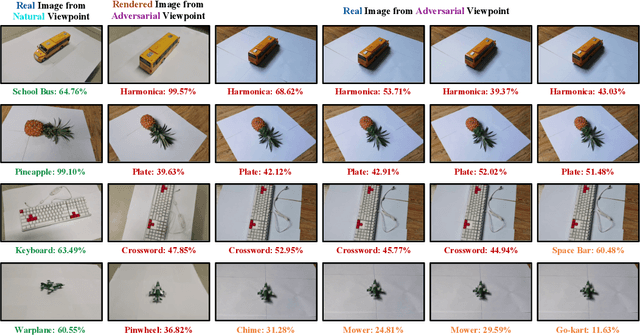Are Deep Neural Networks Adequate Behavioural Models of Human Visual Perception?
Paper and Code
May 26, 2023

Deep neural networks (DNNs) are machine learning algorithms that have revolutionised computer vision due to their remarkable successes in tasks like object classification and segmentation. The success of DNNs as computer vision algorithms has led to the suggestion that DNNs may also be good models of human visual perception. We here review evidence regarding current DNNs as adequate behavioural models of human core object recognition. To this end, we argue that it is important to distinguish between statistical tools and computational models, and to understand model quality as a multidimensional concept where clarity about modelling goals is key. Reviewing a large number of psychophysical and computational explorations of core object recognition performance in humans and DNNs, we argue that DNNs are highly valuable scientific tools but that as of today DNNs should only be regarded as promising -- but not yet adequate -- computational models of human core object recognition behaviour. On the way we dispel a number of myths surrounding DNNs in vision science.
 Add to Chrome
Add to Chrome Add to Firefox
Add to Firefox Add to Edge
Add to Edge